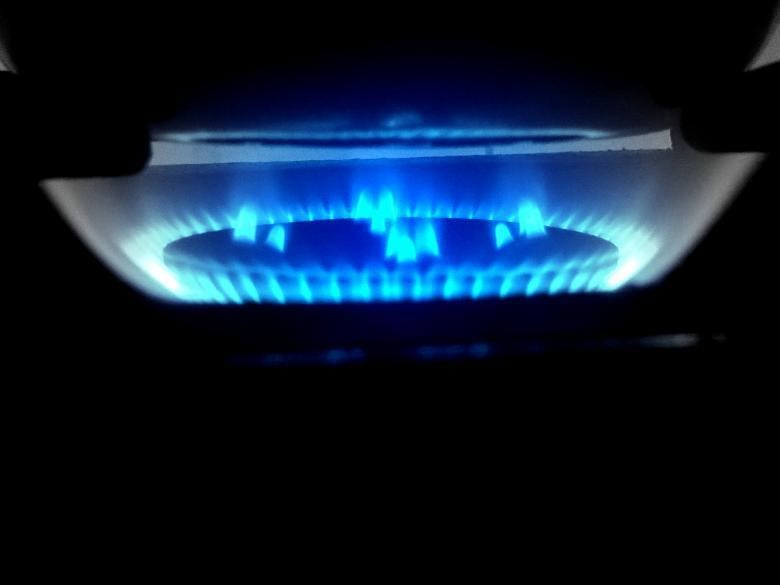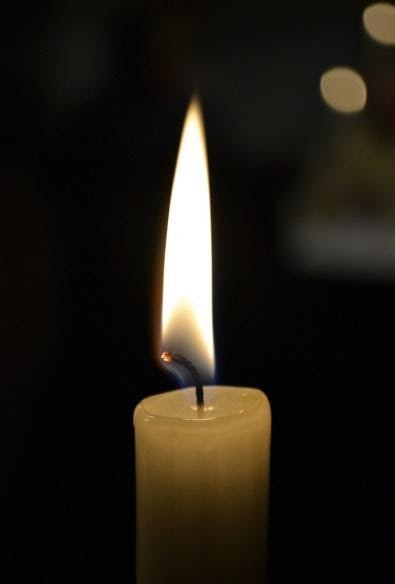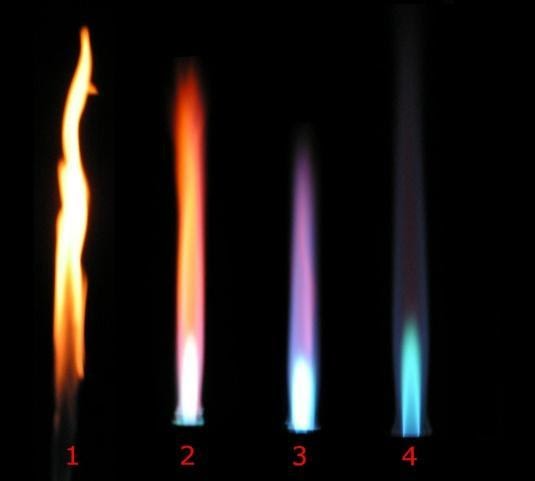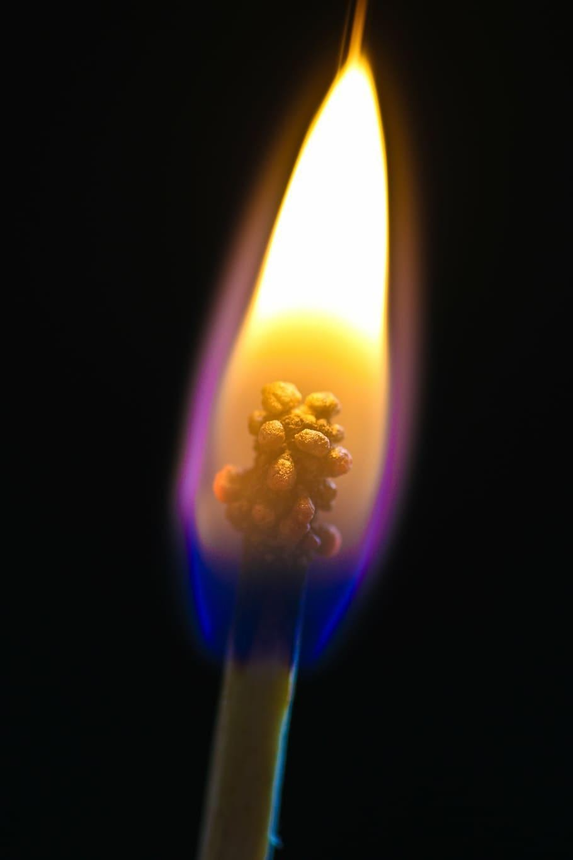Candle Flame - Types, Structure, Different Zones, Candles with FAQs
In this article we will be discussing candle flame, what is flame, different zones of candle flame, types of candles, zones of candle flame, structure of flame, types of flame, hottest part of flame, flame temperature, oxidizing flame, flame diagram, burning flame, middle zone of candle flame, luminous part of candle flame, burning candle experiment observations, yellow flame, non luminous zone, hottest region of Bunsen flame, blue flame meaning, layers of flame, flame color temperature chart, hottest flame color, outermost zone of candle flame, and partial combustion.
This Story also Contains
- What is Flame?
- Types of Flames
- Structure of Flame
- Different Zones of Candle Flame
- Flame Color Temperature Chart
- Types of candles
What is Flame?
Flame definition: When a mixture of air and combustible gas rapidly reacts, it displays self-propagating heat and light. This is caused due to the exothermic chemical reaction of gases which vaporize on burning. The unburned mixture starts reacting exothermic manner until the temperature reaches ignition temperature (ignition temperature is the temperature at which any combustible substance starts undergoing combustion and catches fire) and mixture starts burning. This is when we can see hot luminous flames emerging from a substance.
Also read -
Types of Flames
Flames can be categorized on the basis of composition, structure of flame and other characteristics. When fuel gas and air is mixed prior to entering the burner premixed gas flames arise. Diffusion flames are flames which arise when fuel gas and air are mixed after leaving the burner. When the rate of gas flow is relatively low, the incoming gaseous flow of fuel and air is in constant streamline and without turbulence. Such flames are called laminar flames. Flames can also be categorized into stationary flames which are most widely used in domestic or industrial burners and propagating (travelling) flames which are involved in explosions. The Bunsen burner flame is a flat flame used from a special burner which produces uniform flow.
Flames can also be categorized as three basic welding flames namely:
Natural flame: natural flame two zones the inner zone with white color and the outer zone with blue color. Inner zone has a temperature of 3100°C and the outer zone has a temperature of nearly 1275°C. This flame has equal amounts of oxygen and fuel gas which burns completely without affecting the metal that needs wielding.
Carburizing flame: Carburizing flame is used to weld carbon, steel, nickel and it has three zones, namely, the inner zone, the intermediate zone and the outer cone. The inner zone is of white color with a 2900°C temperature, the intermediate zone reflects red color and the outer cone is of blue color.
Oxidizing flame: Oxidizing flame is obtained when in a fuel mixture of natural flame, acetylene reduces or amount of oxygen increases, the inner cone disappears. This type of flame is hotter than natural flame and has two well-defined zones. The inner zone is of very bright white color while the outer flame is of blue color. The temperature of the inner zone is nearly 3300°C.
Flames can also be categorized on the basis of luminescence:
Non luminous flame: When fuel is burnt in presence of abundant oxygen it produces non luminous flame which is also called blue flame. It is an oxidizing flame. This is hotter and brighter than non luminous flame and used in stoves.

Luminous flame: When fuel is burnt in presence of limited oxygen it produces non luminous flame which is also called yellow flame. It is a reducing flame. This is also hot and bright but less than non luminous flame. Example: candle flame.

Image depicting burning flame
Structure of Flame
Image depicting structure of candle flame
Different Zones of Candle Flame
Zones of candle flame can be categorized on the basis of color, luminescence and temperature.
Outermost zone: This zone forms the veil of a candle flame. It is a non luminous part of flame. It is slightly bluish in color and is the hottest part of flame with flame temperature 1400°C approx. It is made up of completely burnt wax.
Middle zone: The middle zone of a candle flame is the bright luminous zone of candle flame which is made up of partially burnt wax. This zone is yellow in color and is moderately hot with flame temperature 1200°C approx. In this zone carbon undergoes partial combustion which leads to the formation of ashes and soot.
Innermost zone: This is the least hot part of a flame. This zone is made up of two zones named as:
Dark zone: There is no burning of fuel in this zone. This zone consists of unburnt wax vapors. It is cooler than the middle and outermost zone with flame temperature 1000°C approx.
Blue zone: in this zone, carbon monoxide bums completely with a blue flame as the vaporized wax gets oxidized to form carbon monoxide. It is near the base of the flame and the coolest part of the flame with flame temperature 800°C.

Also read : NCERT Solutions for Class 8 Science Chapter 6 - Combustion and Flame
Flame Color Temperature Chart
However, It is not convenient practice to differentiate zones of candle flame according to color because different flames burn with different color according to the oxygen supplied. The following flame diagram depicts how the color of a flame changes with respect to oxygen supply.

From 1 to 4, oxygen supply is increased and thus the color of parts of a flame is changing.
NCERT Chemistry Notes:
Types of candles
On the basis of material use candles can be categorized as:
Paraffin Wax Candles
Soy Wax Candles
Palm Wax Candles
Beeswax Candles
Bayberry Wax Candles
Liquid Wax Candles
Also check-
